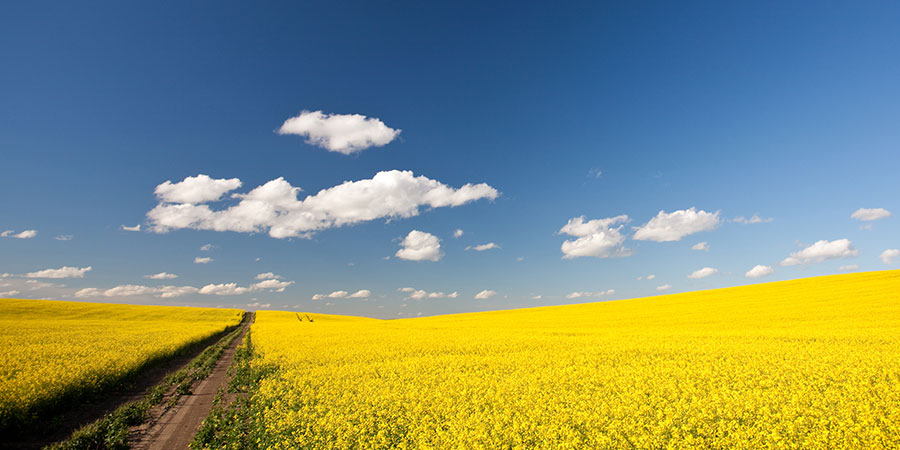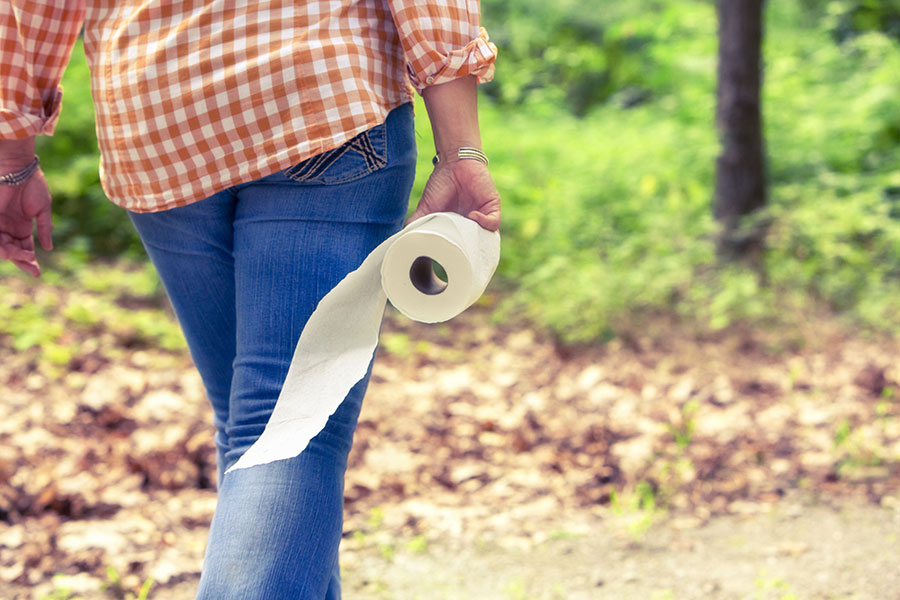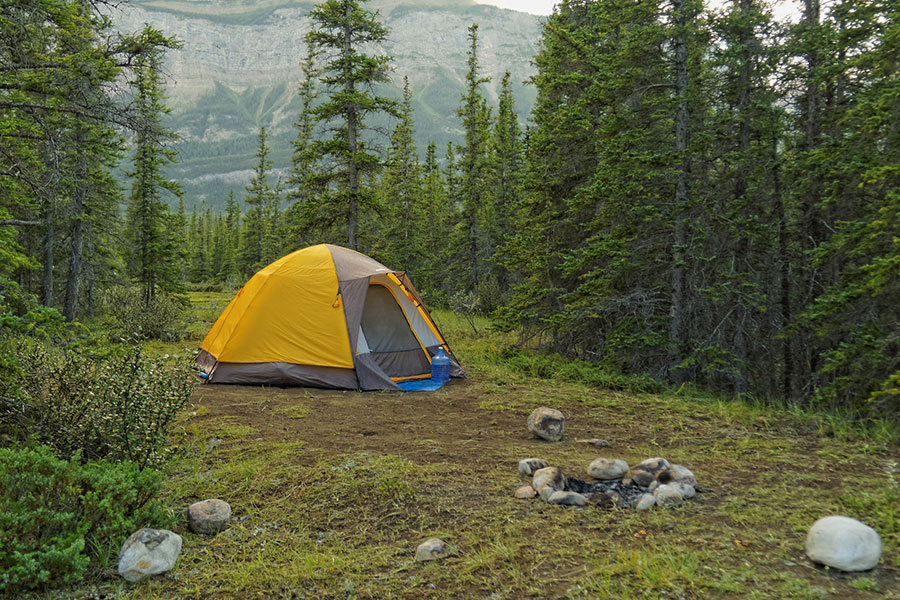A free ticket to fun outdoors (some restrictions apply)
Ah, camping – that most Canadian of ways to escape the city and reconnect with nature.
Some might opt to embrace their inner cavewoman by booking a site in one of Alberta’s provincial or national parks or private campgrounds. However, there’s always the chance they could find themselves within sunflower-seed spitting distance of another site and forced to listen to the neighbour’s radio all weekend.
The desire to really get away from it all is driving a renewed interest in camping on public land, a rustic experience with unique rewards. Heather Davis (Biological Sciences Technology – Renewable Resources ’09, Marketing ’04), owner and guide at Uplift Adventures, an outdoor touring and education company, spoke to techlifetoday about how to camp safely and responsibly off the beaten trail.
Find a good spot

Public land is just one of many land designations in the province, including natural areas, ecological reserves, provincial and national parks. Campers are welcome on vacant public land as well as 19 public land use zones throughout Alberta.
“Public land is the Government of Alberta’s land, and we get to use it,” Davis says.
A public lands camping pass is required to random camp in areas along the eastern slopes of the Rocky Mountains starting June 1. Fees collected are used in part to upgrade infrastructure, support conservation and more. Stays are limited to 14 days.
As a skilled and experienced backpacker, Davis uses a topographic map to pick her spots. Less experienced people could start their research with the government websites above, then go scout places out.
“You have to investigate and go, ‘You know what, I’m going to go check out this spot this weekend and see if I like it.’ It’s trial and error.”
In any case, it’s likely to be more private than campground camping.
“If your navigation skills are really good, you can get into some remote areas and you’re not going to see anyone else,” Davis says. “It appeals to the people who want to get off the grid. [It’s] kind of that ‘into the wild’ feel, but maybe not totally living off the land.”
Leave no trace

One major difference between camping in a park and setting up on public land is the lack of amenities and facilities. In some cases, that's been leading to misuse and abuse of some areas of the province by campers, which ruins the experience for other visitors.
“You don’t have outhouses out there, so you either need to bring your own, or you need to learn how to make a latrine,” says Davis.
If you’re struggling with that idea, Davis teaches this and more through her company as part of a standard practice called Leave No Trace, which also includes
- thoroughly extinguishing the campfire
- packing out what you pack in
- disassembling anything you’ve made (log seats, for example) and returning the site to how it looked upon arrival
“The land is here for people to enjoy, so if they’re educating themselves and they’re doing it responsibly, it’s awesome that more people are enjoying public land,” says Davis.
Tents, yes. Trailers, sort of

With public land use zones, “Tenting, you can do anywhere," says Davis. Well, almost, she clarifies. You need to be at least one kilometre from any provincial park, public land recreation area or provincial recreation areas.
Vehicle use is different. "You can’t take a truck anywhere. You can’t just go 4x4-ing into the backcountry.”
“You can’t just go 4x4-ing into the backcountry.”
This limits the ability to camp with a trailer, which is normally restricted to something called a staging area. They’re a little like unofficial campgrounds, says Davis. “The staging areas quite often have a lot of campers and trucks and all that happening.”
Play it safe

Before heading out into remote wilderness, there are a lot of preparations required to make sure you make it out safely.
“Let someone know, ‘I’m going to be going here, and this is when I’m expected to come out, and if you don’t hear from me by this time, send out a search party,’” says Davis. If plans change, get back to where there’s cellphone service and make a call.
Davis’s trip planning also includes checking the weather forecast but being prepared with the right clothes and gear for unexpected changes. She visits government websites for fire activity information, and recognizes that she’ll be sharing the area with wildlife.
Keeping a clean and tidy campsite can lessen the risk of wildlife wandering over. If you’re tenting, make a “bear hang” – essentially, hang food in a tree – to lessen that risk even further. Davis recommends bringing bear spray, but also knowing how to use it.
“The biggest thing is making sure that people know what they’re doing, and they’re going in and making smart decisions and respecting the land,” she says.
Answering the call of the wild
Having grown up on a farm west of Edmonton, Davis turned her attention back to the land later in life, following a terrifying home invasion. “I spent time outside and that really helped me through those struggling times,” she says. “Now I have a passion for connecting people to the outdoors.”
She moved to the Crowsnest Pass in 2014 while working for Alberta Environment and Parks and fell in love with the area. In March 2018, she founded Uplift Adventures to help other people enjoy the benefits of being out in the wilderness.
Camping is “a positive way for other people to deal with whatever is going on in their life,” Davis says.